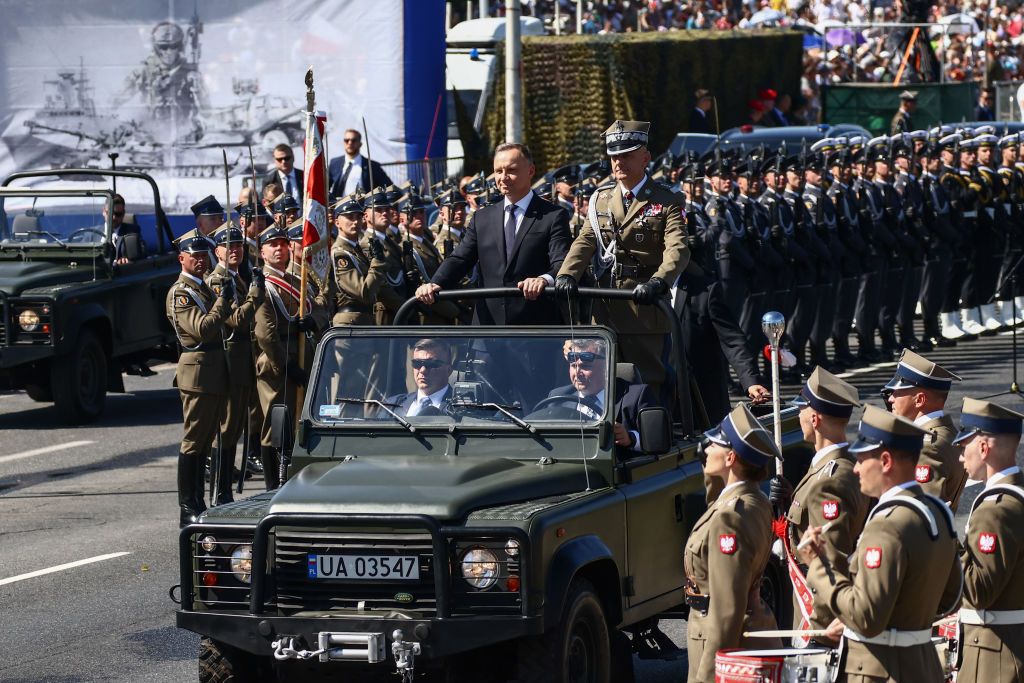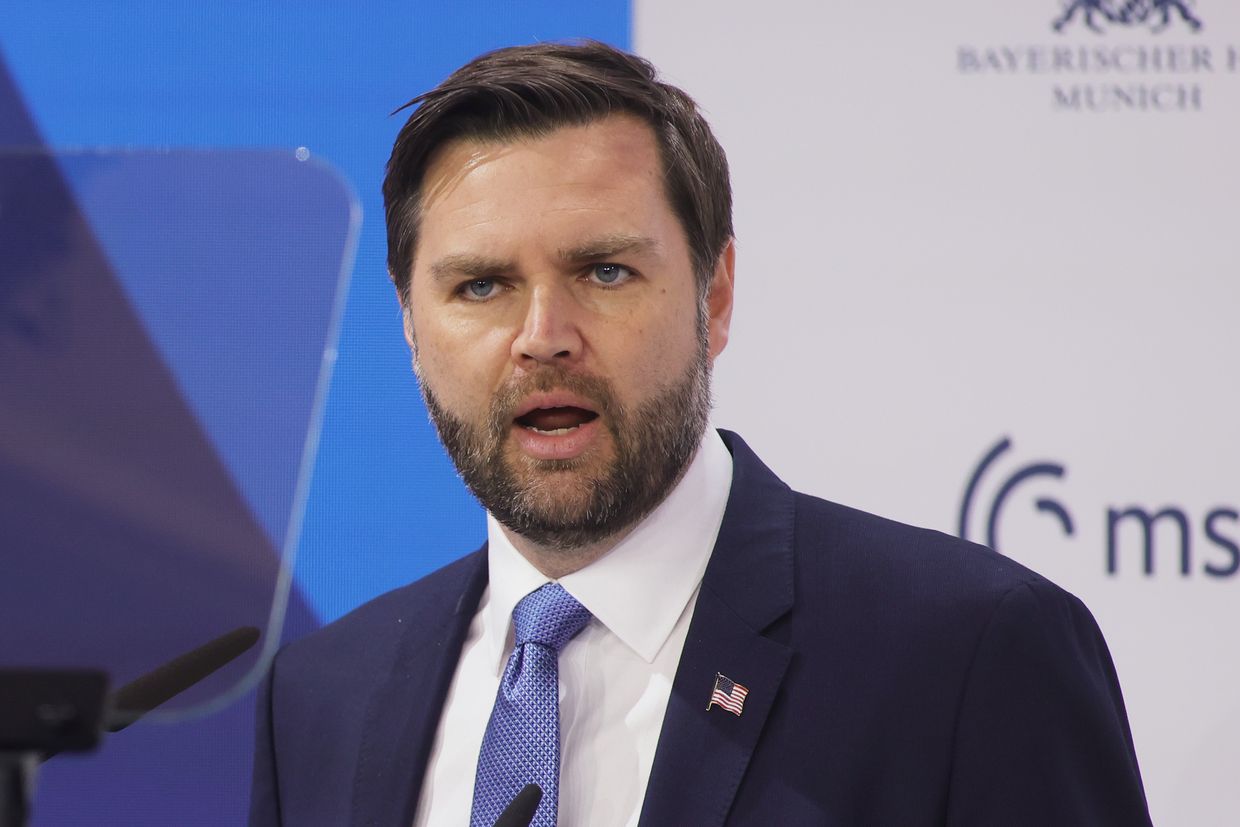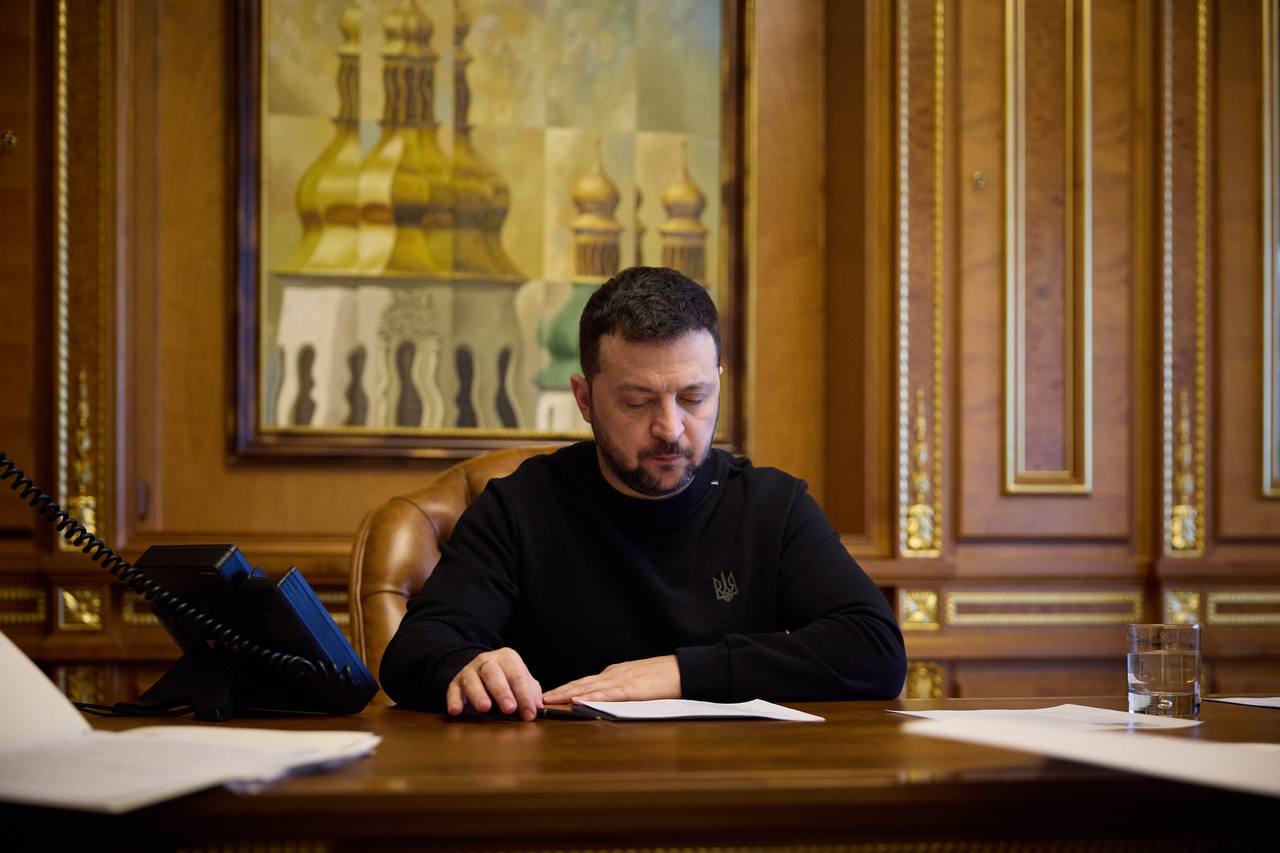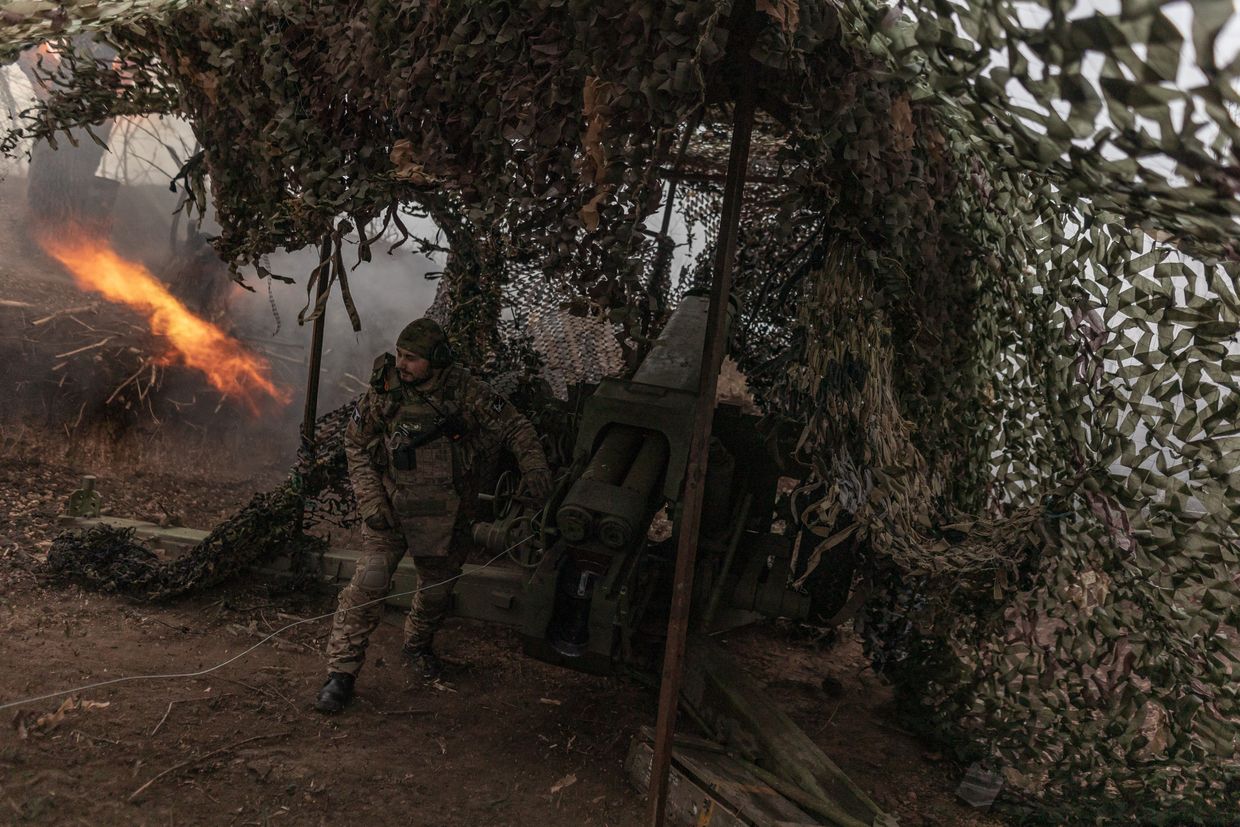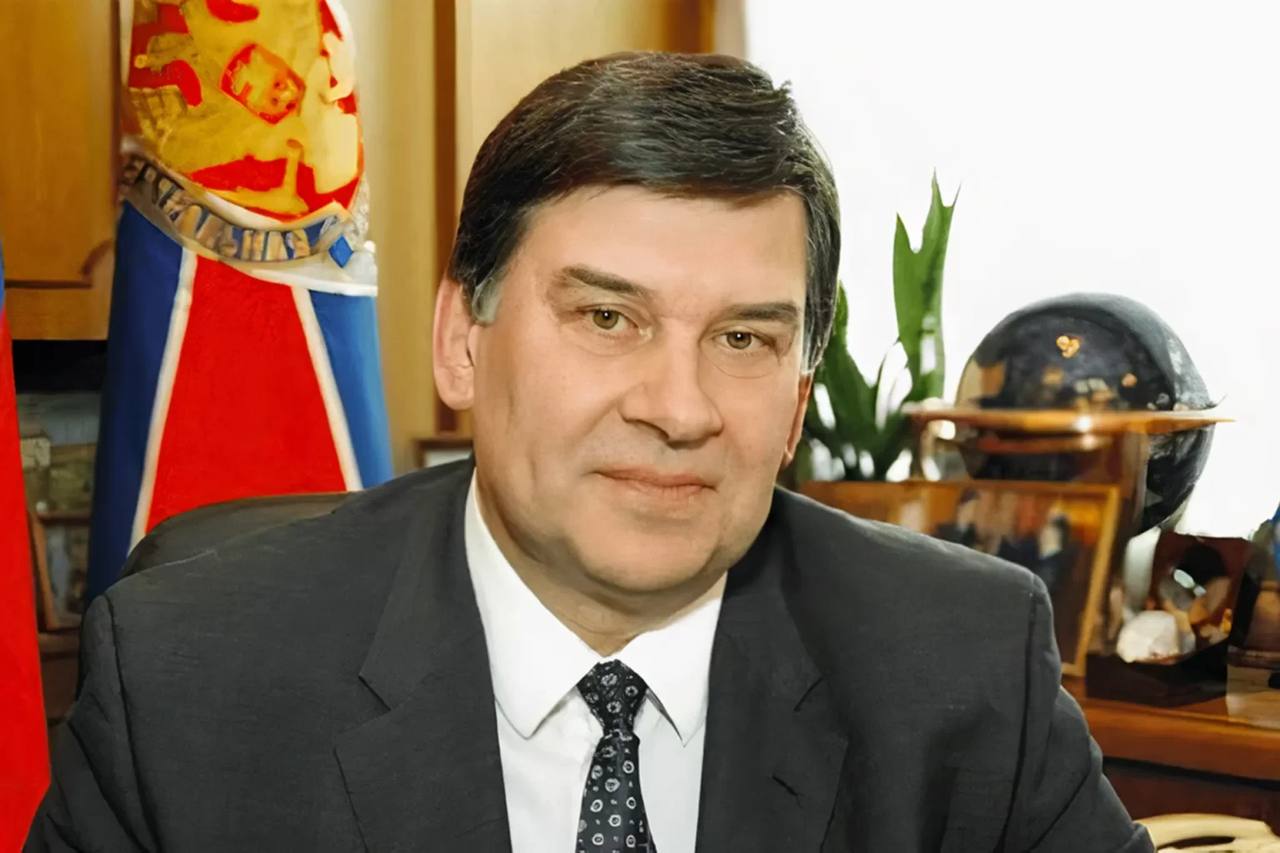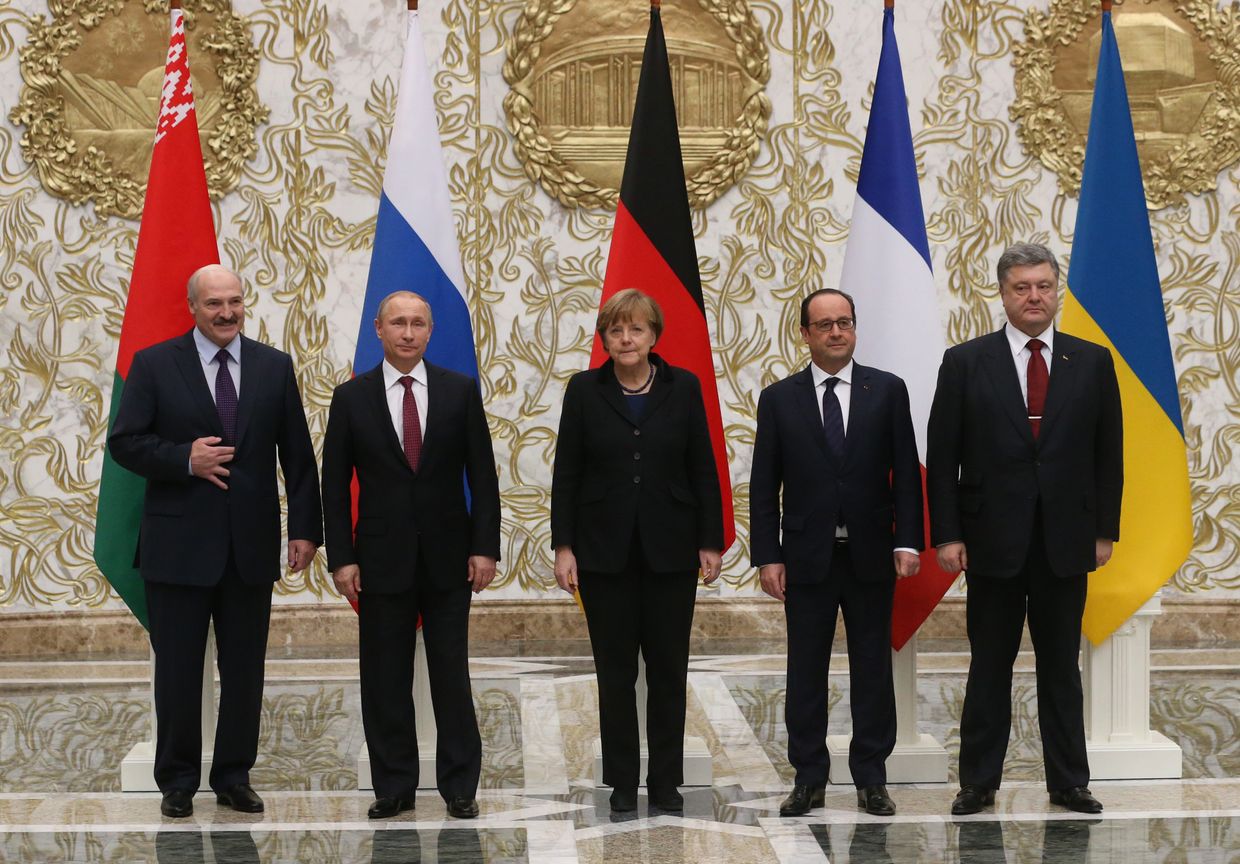WARSAW – There is a growing belief that Poland will soon have Europe’s strongest army. Poland’s ruling party, Law and Justice (PiS), has not missed any opportunity to drum this message home, and one increasingly hears it being echoed abroad, too. But is it true?
The claim largely rests on the PiS government’s unprecedented arms purchases and plans to expand the army to 300,000 soldiers by 2035. Under the new national-defense law, military spending should reach 3% of GDP this year – a full percentage point above what is expected of NATO members generally. Jarosław Kaczyński, Poland’s de facto leader, who formally serves as deputy prime minister, has publicly considered a longer-term target of 5% of GDP.
In response to Russia’s full-scale invasion of neighboring Ukraine, Poland is expanding its military – currently comprising 128,000 active personnel and about 36,000 territorial defense troops – and its arms purchases, both to bolster its own defense and to replenish its supplies. Poland has donated so many planes, tanks, guns, combat vehicles, and other equipment to Ukraine that, without rapidly resupplying purchases, it would be on track to lose nearly half its defense capabilities.
While every government since the establishment of Poland’s Third Republic in 1990 has spent as much as it could on the military, the PiS administration is using a special fund outside the state budget (within a state-owned bank) to finance arms purchases with debt. It is relying on two suppliers: the United States and South Korea, whose NATO-compatible equipment is available “off the shelf.”

To complete its planned military expansion, Poland needs 1,682 tanks, 3,074 infantry fighting vehicles and armored personnel carriers, 1,008 artillery systems (not counting mortars), and 648 multi-propelled rocket launchers. It also aims to have 160 combat aircraft in operation – a substantial increase from its recent count of 48 F-16s, about a dozen Soviet Mig-29s (which have been sent to Ukraine), and another dozen Su-22s, which are becoming less and less serviceable. To that end, it has purchased 32 F-35A multirole aircraft and 48 FA-50 light combat-training aircraft, and ordered 96 AH-64E Apache helicopters.
While Poland already has 233 Leopard 2 tanks, it has also ordered 366 M1 Abrams tanks and 180 K2 tanks – another substantial increase to its current supply of 14 Abrams and 28 K2s. The plan is to order another 820 Korean K2/K2PL tanks, bringing the armor division to 1,599 units. And these will be accompanied by 212 additional K9A1 howitzers and 460 more K9A1/K9PLs.
Poland’s procurement pipeline also includes contracts for 20 US HIMARS (seven of which are already in the country) and 218 K239 Chunmoo launchers, in addition to recently announced purchases of 70 additional K239 launchers and 486 additional HIMARS (more than the US has ever produced). All told, this would bring Poland’s arsenal of rocket launchers up to 794.

These announcements certainly look impressive, which is precisely what the PiS government intended. Never mind that the planned purchases were made without government tenders, from a weak bargaining position, and without offset obligations from contractors. Under normal conditions, the purchase agreements would have featured much better terms to protect the interests of Polish taxpayers and the Polish defense industry.
Worse, PiS already has a poor track record in this domain. Earlier in its rule, it canceled contracts for eight Patriot batteries and dozens of Caracal helicopters, souring Polish-French relations. Kaczyński has also impulsively sacked key generals out of a paranoid belief that they were loyal to his predecessor and political rival, former Prime Minister Donald Tusk.
Moreover, it remains to be seen how Poland will procure the ammunition for 794 rocket launchers and hundreds of tanks. The military news outlet Defense24 calculates that costs over the next decade will reach one trillion złoty ($250 billion), with the core equipment accounting for only 25-33% of the total. Nor has the government accounted for the additional costs of infrastructure, personnel, training, support equipment, and servicing.
But a tank division is more than just tanks. There are also hundreds of technical, command, reconnaissance, communications, sapper, and sanitation vehicles. Each division must be armed with a multi-layered air-defense system consisting of radiolocation stations and anti-aircraft missile launchers of various ranges. Logistics operations and daily training activities alone will require hundreds of trucks and off-road vehicles.

Polish generals warn that the current spending binge was not preceded by any overall defense strategy. And, as many commentators have pointed out, it is pure folly to undermine Poland’s domestic arms industry by cutting it out of the usual tender process. Polish-made arms – such as Rosomak armored personnel carriers, Krab howitzers, and Borsuki infantry vehicles – have worked well in Ukraine, and the Ukrainian military has already placed orders for more.
To be sure, Polish General Roman Polko supports the recent equipment purchases, reasoning that Poland is in a different situation than Ukraine and thus should prepare its defense differently. “We assume collective defense (within NATO),” he explains, “but all the time remember that we must be ready to repel the first strike. So that Bucha [the site of a Russian massacre of Ukrainians] is not repeated in Poland.” But others are more critical. According to Mieczysław Gocuł, a retired general who previously served as the army’s chief of staff from 2013 to 2017, “Only a madman can say that the army in peacetime is supposed to number 300,000 soldiers.”
While Poland has embarked on an impressively ambitious plan to expand and modernize its military, it remains completely unprepared to use it. Indeed, it is not even clear how the government will finance these initial purchases or the enlistment and training of 150,000 more soldiers. If Kaczyński and his fellow anti-German, anti-Western populists were serious about Poland’s defense, they would focus less on showy procurement and more on repairing the strategic alliances they have undermined.
Editor’s Note: Copyright, Project Syndicate. The following article was published by Project Syndicate on Aug. 24, 2023, and has been republished by the Kyiv Independent with permission. The opinions expressed in the op-ed section are those of the authors and do not purport to reflect the views of the Kyiv Independent.



